Disclosure: This article contains affiliate links. We may earn a commission from purchases at no extra cost to you, which helps our travel content.
There's something eerily captivating about rolling into Pyongyang, a city that exists in its own carefully orchestrated reality. After two decades of hauling freight across the sunburnt Australian outback, I thought I'd seen places that time forgot – but nothing quite prepares you for North Korea's showcase capital. It's like stepping into an elaborate theater production where everyone knows their role except you. My first visit came after a meditation retreat in China left me curious about the ultimate exercise in mindfulness: traveling somewhere that demands your complete attention to every word, gesture, and photograph. Fair dinkum, mates – this isn't your typical holiday, but rather a choreographed experience requiring preparation, respect, and a willingness to follow rules that might seem bewildering. Having now made three trips to this misunderstood metropolis, I've compiled what I wish someone had told me before my first Pyongyang adventure.
Before You Go: Mental Preparation is Non-Negotiable
Let's get one thing straight – visiting North Korea isn't like rocking up to Thailand or popping over to Bali. This journey requires more preparation between the ears than any other destination I've encountered in my wanderings across six continents.
First off, you'll need to book through an authorized tour company – there's no such thing as independent travel here. I went with Koryo Tours on my first visit, and while not cheap, their guides understood both Western expectations and local requirements, creating a crucial buffer in potentially tense moments.
Mentally, you need to shift gears. That opinionated, question-everything mindset that serves you well elsewhere? Park it at the border. In Pyongyang, you're not there to challenge or convert – you're there to observe and understand a society fundamentally different from your own.
Before departure, I spent weeks reading everything I could about Korean history and culture. Not just North Korean propaganda or Western media takes, but a range of perspectives. The North Korea guidebook became my bible – dog-eared and highlighted, it offered context that proved invaluable when faced with the monuments and museums you'll inevitably visit.
Packing requires thought too. Leave behind anything that could be considered political or religious material. That thriller novel with an anti-communist subplot? Leave it at home. Same goes for American or South Korean flags on your gear. I once watched a bloke get his laptop scrutinized because it had a band sticker that vaguely resembled the South Korean flag – not worth the hassle.

💡 Pro Tips
- Research extensively before booking – understand what you're getting into
- Choose a reputable tour operator with experienced guides
- Leave behind any potentially controversial items (religious materials, political books, etc.)
- Download and print any essential information – internet access is virtually non-existent
The Golden Rules: Non-Negotiable Etiquette
In my twenty years hauling road trains through the outback, I learned that every stop had its unwritten rules. Pyongyang takes this to another level with rules that aren't just suggested – they're absolutely mandatory.
Rule one: Your guides aren't optional companions; they're your constant shadows. Two guides will accompany your group everywhere. This isn't negotiable, and attempting to wander off alone isn't just frowned upon – it could land both you and your guides in serious strife. These guides aren't just minders; they're your interpreters, cultural bridges, and ultimately responsible for your behavior.
Rule two: Show proper respect at ideological sites. You'll visit the massive bronze statues of the country's leaders at Mansu Hill. When you do, a full bow is expected. Photos are permitted, but only of the entire statues – never partial or disrespectful angles. Your guides will instruct you on proper protocol, and following it isn't optional.
Rule three: Never fold, crumple or damage any item containing the leaders' images – including newspapers and magazines. I once absentmindedly used a newspaper page with a leader's photo to wipe condensation off a window. The horrified reaction from my guide taught me how serious this rule is.
Rule four: Photography restrictions are real and strictly enforced. No photos of military personnel, construction sites, or anything that could be perceived as showing the country in a negative light. When in doubt, ask your guides before clicking. My compact camera was perfect – less intimidating than a large DSLR but capable of capturing quality images in variable lighting conditions. Remember that all photos may be reviewed before you leave the country.
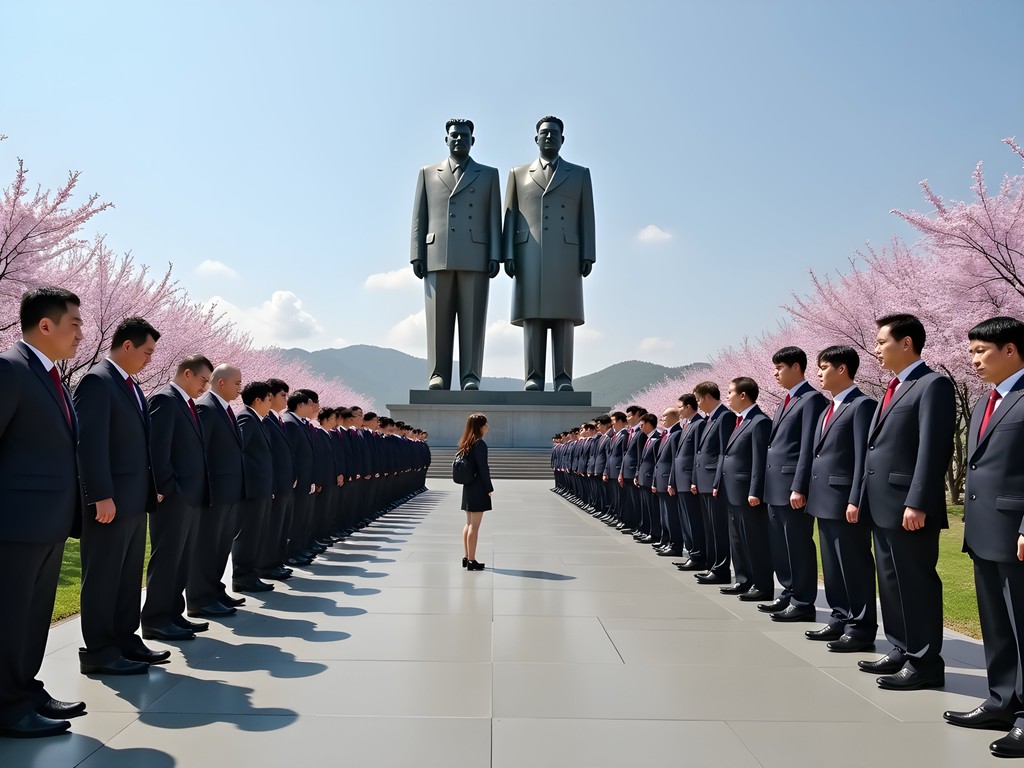
💡 Pro Tips
- Never wander away from your guides – not even for a minute
- Practice the expected bow at monuments before arriving
- Ask before taking any photograph if you're unsure
- Treat all images of the leadership with careful respect
Daily Life: Structured Experiences and Unexpected Moments
Your days in Pyongyang will follow a meticulously planned itinerary that leaves little room for spontaneity. Each morning starts early – usually around 7 AM – with a hearty breakfast at your hotel before meeting your guides in the lobby. Don't be late; the schedule is tight and delays impact everyone.
You'll travel by tour bus between approved sites, which typically include grand monuments, museums celebrating the country's achievements, and cultural performances that showcase impressive talent. The Mass Games, if your visit coincides with this spectacular, are genuinely breathtaking – tens of thousands of performers moving in perfect synchronization.
Meals are arranged at designated restaurants, often featuring traditional Korean dishes like cold noodles (naengmyeon), kimchi, and various barbecued meats. The food is generally good, though limited in variety. I found carrying a few protein bars helpful for supplementing meals that sometimes felt light by Western standards.
Despite the rigid structure, it's the unplanned moments that often prove most meaningful. A brief conversation with your waitress about her family. The unexpected wave from a child on the spotless streets. The surreal feeling of bowling at Pyongyang's surprisingly modern bowling alley alongside local families.
Your evenings typically conclude with dinner followed by approved entertainment – perhaps a visit to a local bar where you can share a few rounds of the surprisingly good local beer with your guides. These less formal moments offer rare glimpses of more natural interaction, though always within boundaries.
Hotels are comfortable but not luxurious. The iconic pyramid-shaped Ryugyong Hotel remains unfinished and off-limits, with foreign visitors typically staying at the Yanggakdo Hotel on an island in the Taedong River. The isolation isn't coincidental – it effectively limits unauthorized wandering. Most visitors stay on the approved floors; the infamous 'fifth floor' remains strictly off-limits.
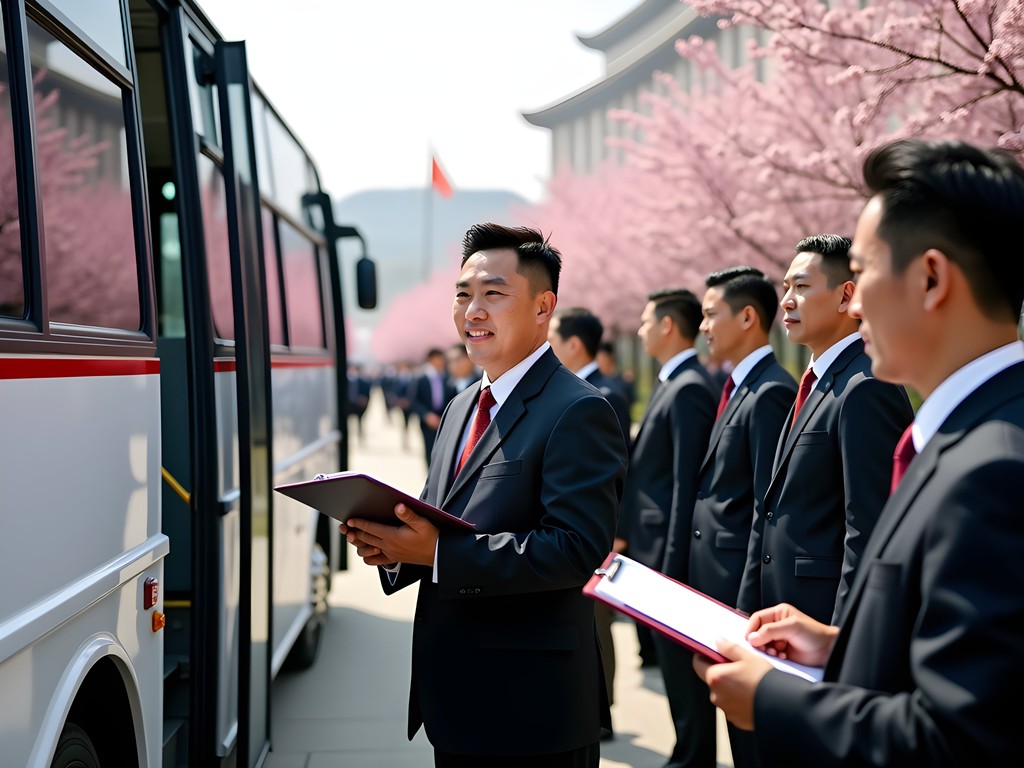
💡 Pro Tips
- Always be punctual – delays affect the entire group's schedule
- Bring snacks to supplement meals if you have a hearty appetite
- Use evenings to build rapport with your guides – but respect their professional boundaries
- Keep a journal; the sensory overload means details fade quickly after leaving
Communication: The Art of Meaningful Exchange
After years of yarning with roadhouse staff across remote Australia, I pride myself on being able to chat with just about anyone. Pyongyang challenged that skill like nowhere else. Communication here requires a delicate balance – showing genuine interest while avoiding politically sensitive topics.
Your guides speak English with varying proficiency. Mine were university graduates with impressive language skills, though conversations sometimes felt scripted. The key is finding common ground through universal topics – family, food, music, or sports often work well.
I brought a small instant photo printer that proved invaluable for breaking ice. Taking photos with guides or local performers and immediately gifting them physical prints created genuine moments of connection beyond the official narrative.
When discussing life in North Korea, listen more than you speak. Avoid comparisons that could be perceived as criticism. Questions about the leadership or political system will be met with official responses, so focus instead on daily life, education, or culture.
One of my most meaningful exchanges came during a visit to the Grand People's Study House (the central library). After the official tour, I asked a librarian about her favorite Korean novel. Her face transformed as she enthusiastically recommended several books, even showing me her personal copy of one. For a brief moment, we connected simply as two people who love reading.
Smartphones are now permitted in North Korea (though without local SIM cards or internet access), but I found keeping mine mostly packed away improved my experience. Being fully present, rather than constantly documenting, allowed for more authentic interaction and showed respect for a culture where constant photography can seem intrusive.
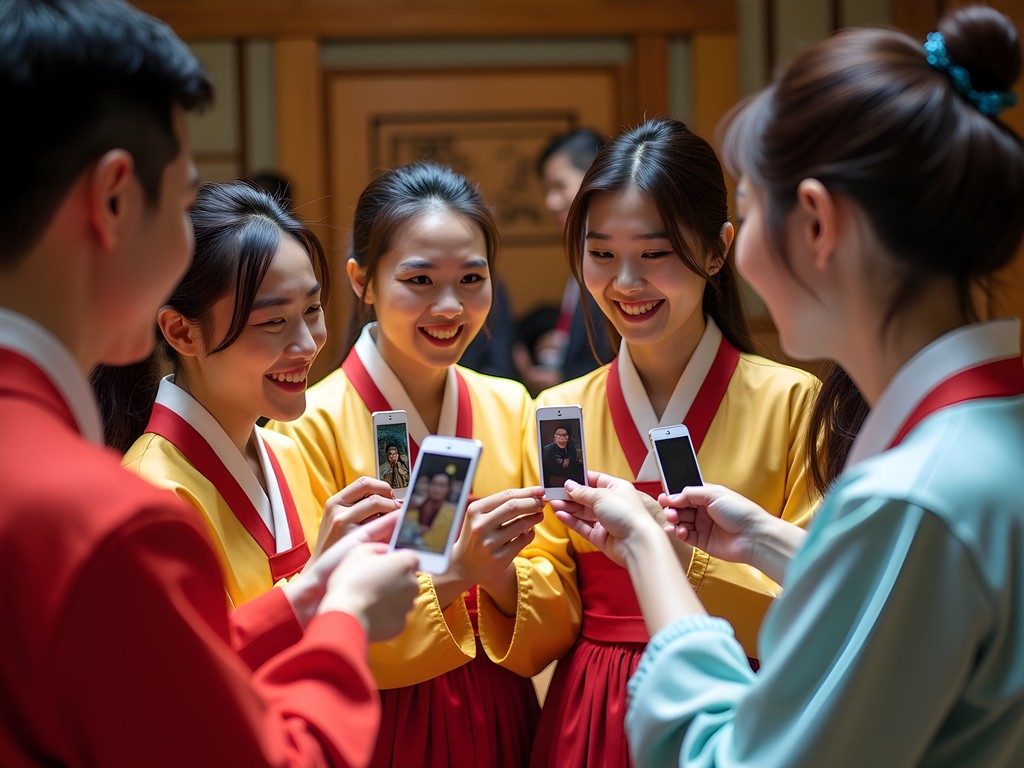
💡 Pro Tips
- Focus conversations on universal topics like family, food, and culture
- Bring photos of your hometown to share – they spark genuine curiosity
- Learn a few basic Korean phrases – even simple greetings are greatly appreciated
- Be mindful that questions about politics will receive official responses
Mindful Observation: Finding Meaning Beyond Monuments
My years of meditation practice proved unexpectedly valuable in Pyongyang. In a place where you can't always speak freely, observation becomes your primary tool for understanding. The city itself is a study in contrasts – imposing concrete monuments alongside surprisingly beautiful green spaces, particularly in spring when cherry blossoms transform the cityscape.
The Pyongyang Metro deserves special mention. Descending the long escalators takes you into cavernous stations adorned with chandeliers and revolutionary mosaics. While tourists typically visit only a few showcase stations, these brief underground journeys offer rare glimpses of ordinary Pyongyang residents going about their daily commute.
Street performances happen with surprising frequency – children practicing synchronized routines in parks, musicians playing traditional instruments. These unscripted moments often feel more authentic than the grand performances you'll be taken to see.
I found carrying a small pocket notebook essential for jotting down observations and questions to research later. Taking notes shows engagement with the culture and creates a valuable record of details that might otherwise blur together.
Pyongyang operates on its own calendar – literally. The year is measured from the birth of Kim Il-sung in 1912 (making 2023 the year 112). This Juche calendar is just one example of how the country has created its own parallel reality, something you'll need to approach with respectful curiosity rather than judgment.
Perhaps most importantly, look for the humanity beneath the politics. The university students practicing English in parks. The families enjoying ice cream together on weekends. The pride with which a restaurant server presents a traditional dish. These genuine human connections transcend the political narratives from both sides.
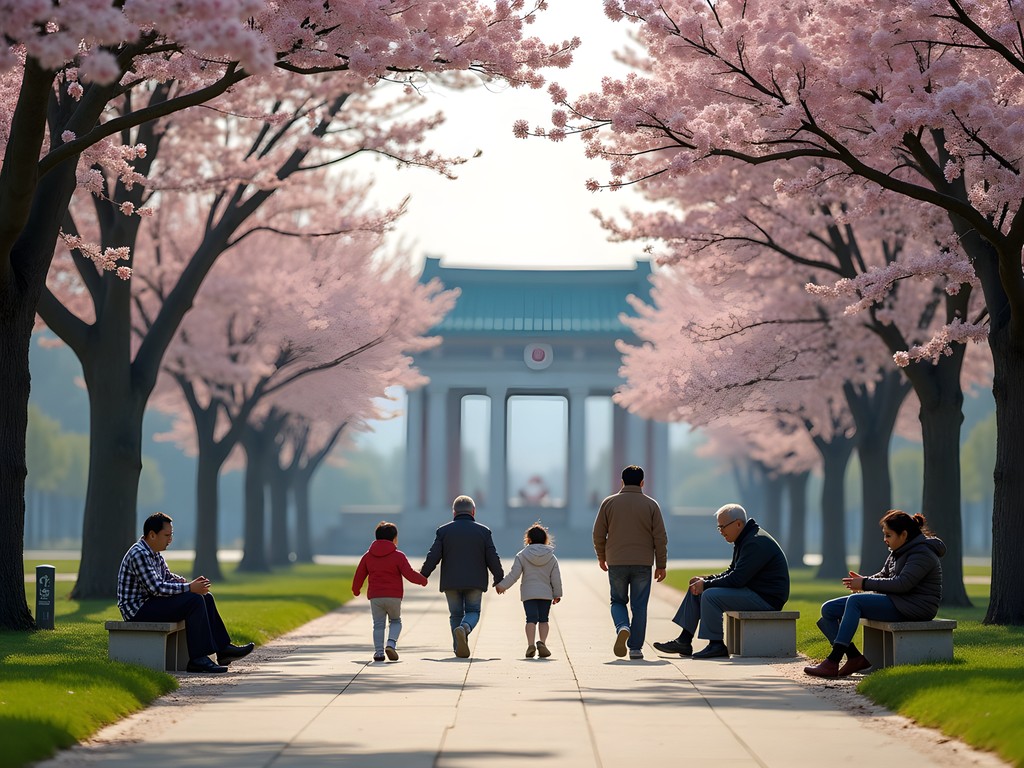
💡 Pro Tips
- Spend time people-watching in approved public spaces like parks
- Notice the small details that reveal everyday life beyond the monuments
- Keep a journal of observations to process later
- Look for the universal human experiences that connect rather than divide
Final Thoughts
Visiting Pyongyang isn't for everyone – it demands flexibility, respect for rules that might seem absurd, and the ability to withhold judgment while remaining clear-eyed. Yet for the mindful traveler, it offers a profound opportunity to witness a society unlike any other on earth. My time hauling freight across Australia taught me that the most interesting stories often come from the most isolated places, and Pyongyang certainly qualifies. As you depart, you'll likely find yourself with more questions than answers – and perhaps that's the point. The city doesn't reveal itself easily, but the glimpses you do get will challenge your preconceptions in ways few other destinations can. If you decide to make this journey, go with an open mind, a respectful attitude, and the understanding that you're experiencing a carefully curated version of reality. The true North Korea exists somewhere in the spaces between what you're shown and what you observe – a puzzle that continues to intrigue me three visits later.
✨ Key Takeaways
- Always prioritize respect for local customs and rules, even when they seem unusual
- Focus on human connections rather than political differences
- Prepare thoroughly – this isn't a destination for spontaneous travel
- Approach with curiosity rather than judgment to gain the most from the experience
📋 Practical Information
Best Time to Visit
April-June (spring) when weather is mild and festivals often occur
Budget Estimate
$1,500-$2,500 for a standard week-long tour (excluding flights)
Recommended Duration
5-7 days
Difficulty Level
Challenging

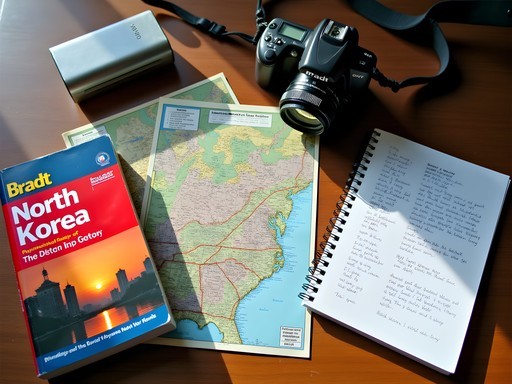
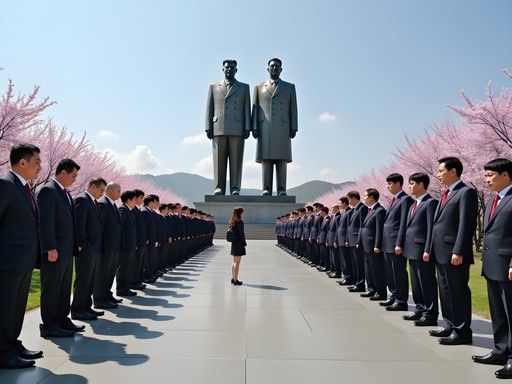
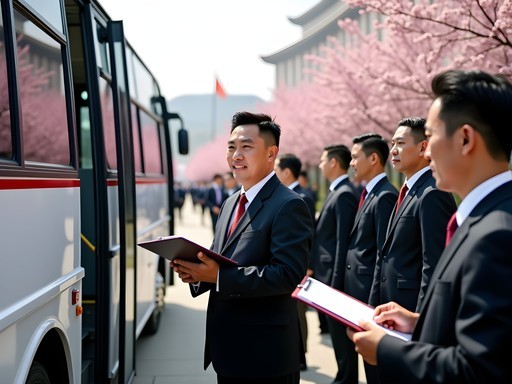
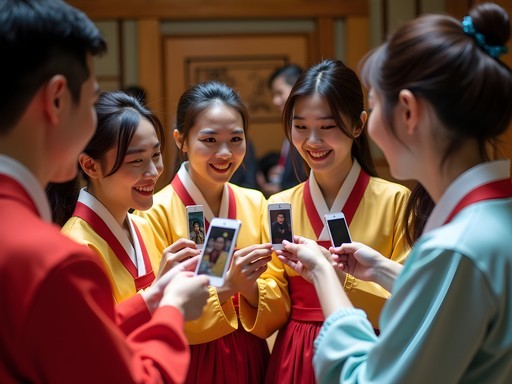
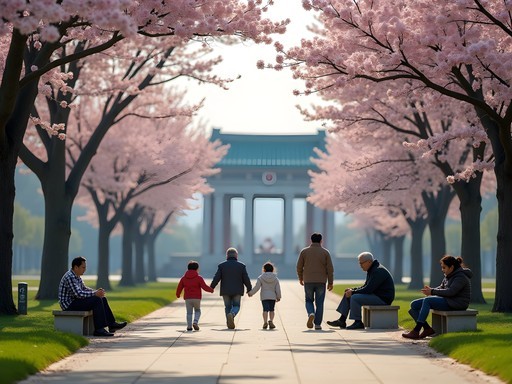


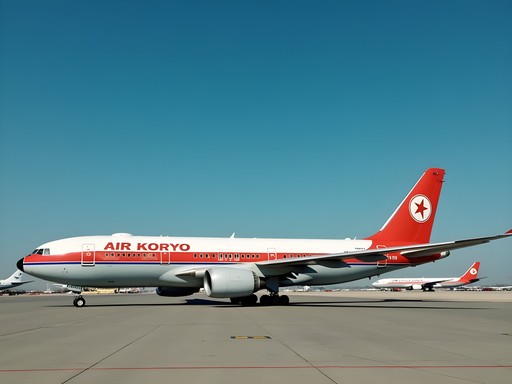
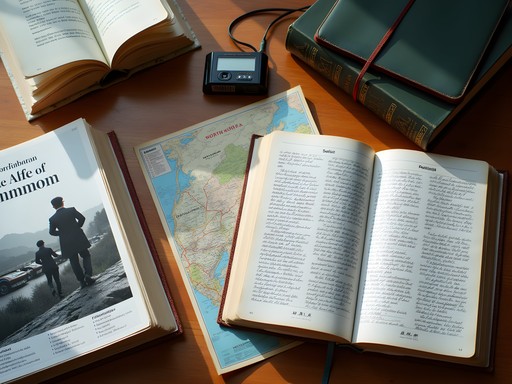





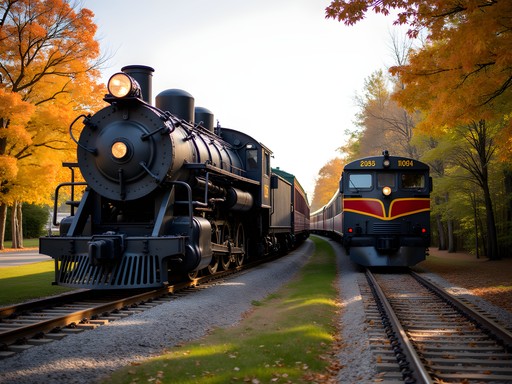
Comments
Claire Hawkins
This brought back so many memories from my visit in 2021. Traveling to Pyongyang as a family (my partner and our teenage son) created some unique dynamics with our guides. They were particularly interested in how we raise children in the West and seemed genuinely fond of our son. The "meaningful exchange" section of your post is spot on - we found asking about family life, education, and childhood memories opened up conversations beyond the scripted narratives. One evening, our guide Ms. Park shared stories about her grandmother that felt completely authentic. Those human moments were the most valuable part of our journey. For anyone considering this trip - pack patience, curiosity, and leave expectations at home.
springblogger
Claire, did you find traveling with a teenager there challenging? I've been wondering if it would be appropriate to bring my 16-year-old nephew.
Claire Hawkins
It depends on their maturity level. Our son was 17 and handled it well, but he's traveled extensively before. The lack of internet and strict schedule can be tough for teens. That said, our guides made special efforts to connect with him, which was lovely to see.
roamstar
Those rules about leader photos are intense! Thanks for the heads up!
AsianTrekker
Going there next month - did you have issues with the customs process? Heard they're pretty thorough with phone checks.
springwalker
They absolutely check everything. They went through my phone photos, browsing history, and even my e-books. Best to bring a clean device or a basic phone without much on it.
springblogger
I visited last year and your point about "withholding judgment" really resonated with me. It's so easy to go in with preconceived notions, but I found myself constantly questioning what was real vs staged. The subway system was particularly fascinating - those chandeliers! One thing that surprised me was how much our guides opened up by the end of the trip. They never strayed from official positions, but their personalities definitely came through. The farewell dinner was genuinely emotional. Anyone considering this trip should definitely read your etiquette section twice!
Bryce Diaz
Having visited Pyongyang in 2019, I can confirm everything in this guide is essential reading. The structured nature of the visit is something I wasn't fully prepared for despite research. Your guides are with you literally every moment you're outside your hotel room. One tip I'd add - bring a travel journal to document your thoughts privately each night. You'll want to process what you're experiencing, and writing helped me make sense of the contradictions I was witnessing. Also, learn some basic Korean phrases - the guides absolutely lit up when I tried speaking their language, even poorly. It created moments of genuine connection in an otherwise tightly scripted experience.
photowalker
Great post! I'm curious about photography restrictions - were you allowed to take photos of everyday life or just specific monuments? Did they check your camera/phone when leaving?
Wyatt Stevens
Great question! Photography is strictly controlled - always ask guides before taking any shot. They will check your photos before you leave the country and may delete anything showing military, construction sites, or poverty. Best to use a camera with removable memory cards rather than just your phone. And never try to hide or sneak photos - not worth the risk!
photowalker
Thanks for the detailed response! Definitely good to know about the memory cards.
adventureone4405
Never thought I'd consider visiting NK but this post has me intrigued!
wanderguide
It's definitely not your typical vacation, but that's what makes it fascinating!
wanderguide
Wow, Wyatt! This is exactly the kind of no-nonsense guide I needed before my trip to Pyongyang last year. That section about mental preparation is spot-on - nothing really prepares you for how different everything feels there. The bit about never folding or damaging images of the leaders saved me from a potentially awkward situation with my guidebook. I'd add that bringing small gifts for your guides goes a long way in building rapport. They seemed genuinely touched when I gave them some chocolates from home.
GlobalNomad55
Thanks for the honest perspective! Refreshing to read something that isn't just political commentary.
Hunter Thompson
Mate! Your section on 'The Golden Rules' saved me from potential disaster! Just got back from Pyongyang last month and had read this before going. Cannot stress enough how serious they are about photos - I saw someone get their camera temporarily confiscated for taking a pic of a construction site. The metro was actually my favorite experience - those chandeliers are WILD! One tip I'd add: bring a portable translator if you can. While guides speak English, having translation capability for those rare unscripted moments with locals made a huge difference. Anyone considering this trip needs to understand it's not a vacation but more like an anthropological field study. Fascinating but intense!
TravelCurious92
Was it worth the cost? I've heard tours to NK are super expensive for what you get.
Hunter Thompson
Depends on what you're after! It's definitely not cheap (I paid about £1200 for a 5-day tour), and you won't get luxury or freedom. But if you're interested in seeing one of the world's most closed societies, there's literally no other way. I'd say it's worth it for the unique experience, but only if you go in with the right expectations.
Venture X
Premium card with 2X miles, $300 travel credit, Priority Pass